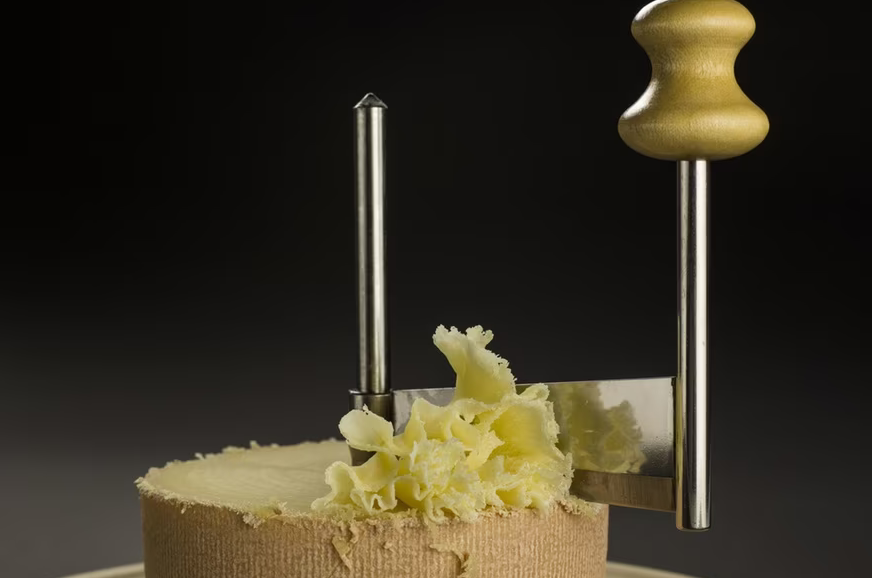Switzerland’s Tête de Moine (Monk’s Head) cheese broke all-time sales and production records last year, due particularly to its “conviviality”, according to the sector’s president. Tête de Moine sold 3,300 tons sold worldwide in 2022, up 3.7% on the previous year, despite a difficult economic climate marked by the strong Swiss franc and war in Ukraine. The main export markets are Germany and France, sector president Jacques Gygax said on Monday. Gygax put this down particularly to good marketing. He said producers were particularly proud of the fact that it had become part of people’s customs in Germany. But Gygax said it was also because of the “playful and convivial aspect” of this cheese, which is traditionally served in rosettes scraped off with a special
Topics:
Swissinfo considers the following as important: 3.) Swissinfo Business and Economy, 3) Swiss Markets and News, Featured, Latest News, newsletter
This could be interesting, too:
Nachrichten Ticker - www.finanzen.ch writes Die Performance der Kryptowährungen in KW 9: Das hat sich bei Bitcoin, Ether & Co. getan
Nachrichten Ticker - www.finanzen.ch writes Wer verbirgt sich hinter der Ethereum-Technologie?
Martin Hartmann writes Eine Analyse nach den Lehren von Milton Friedman
Marc Chandler writes March 2025 Monthly
Switzerland’s Tête de Moine (Monk’s Head) cheese broke all-time sales and production records last year, due particularly to its “conviviality”, according to the sector’s president.
Tête de Moine sold 3,300 tons sold worldwide in 2022, up 3.7% on the previous year, despite a difficult economic climate marked by the strong Swiss franc and war in Ukraine. The main export markets are Germany and France, sector president Jacques Gygax said on Monday.
Gygax put this down particularly to good marketing. He said producers were particularly proud of the fact that it had become part of people’s customs in Germany.
But Gygax said it was also because of the “playful and convivial aspect” of this cheese, which is traditionally served in rosettes scraped off with a special tool called a “girolle”. The cylindrical form of the cheese represents the arc of the Jura in northwest Switzerland, where it has been produced for centuries at the Bellelay Abbey.
“It’s rather a festive product,” said Gygax. “Even in a gloomy environment, people still want to buy a Monk’s Head from time to time, to mark the occasion.”
More: SWI swissinfo.ch certified by the Journalism Trust Initiative
Tags: Featured,Latest news,newsletter

